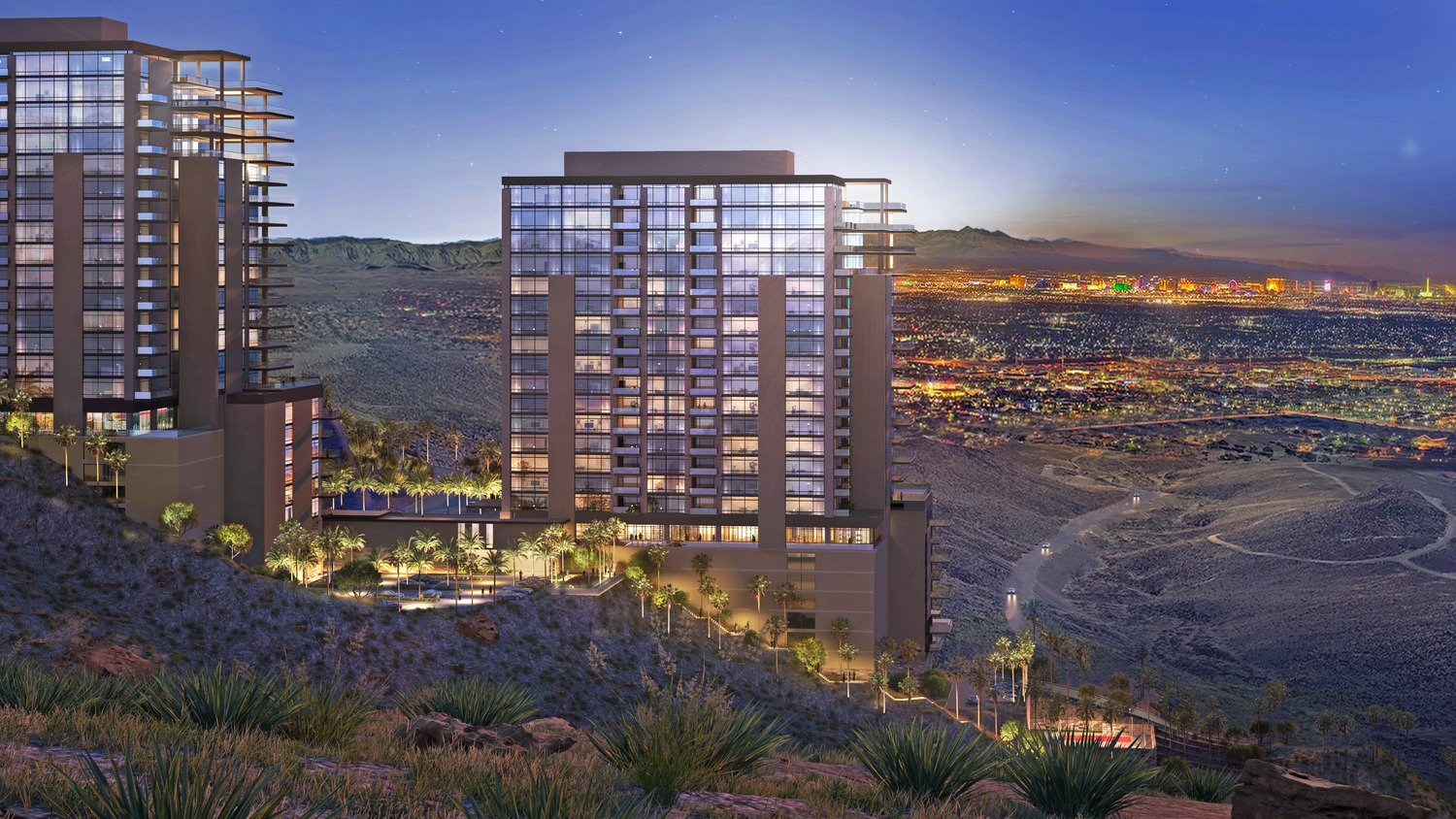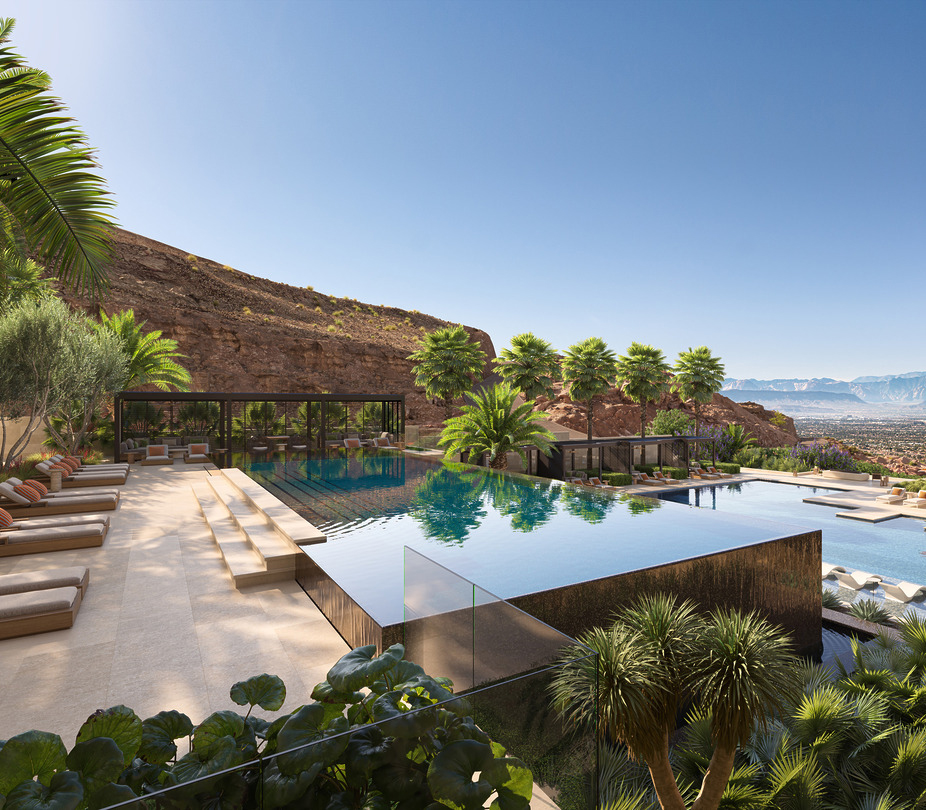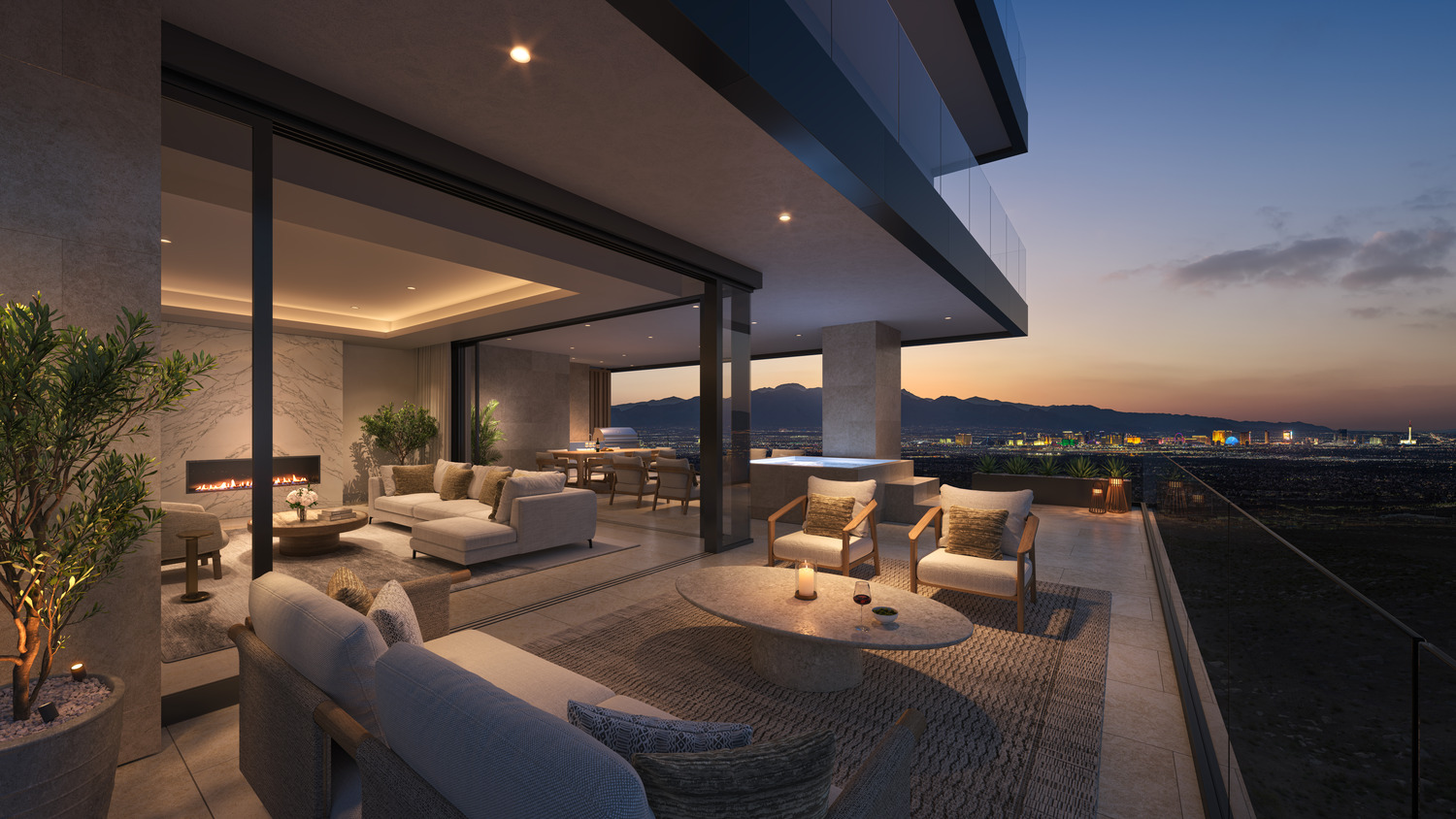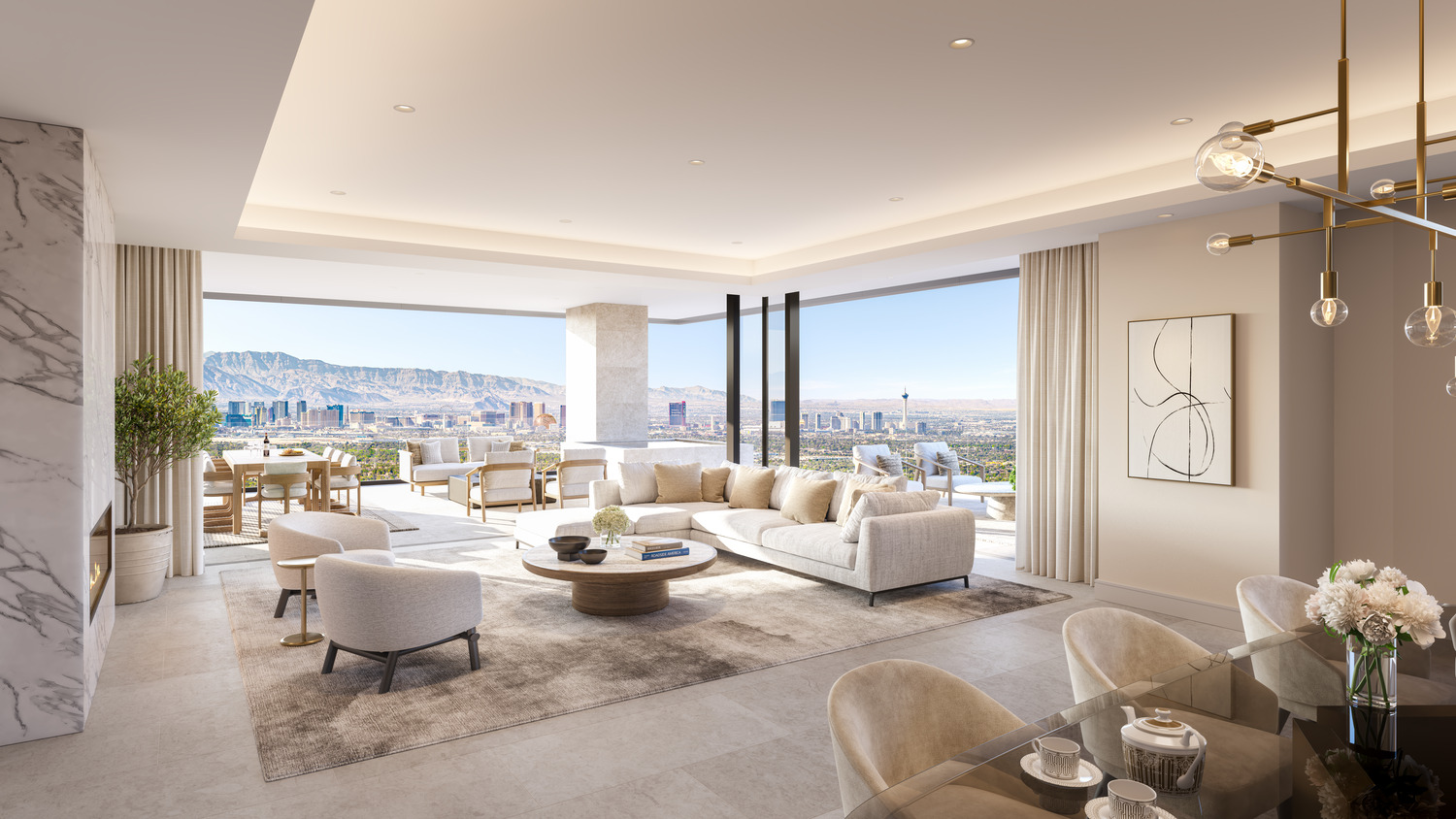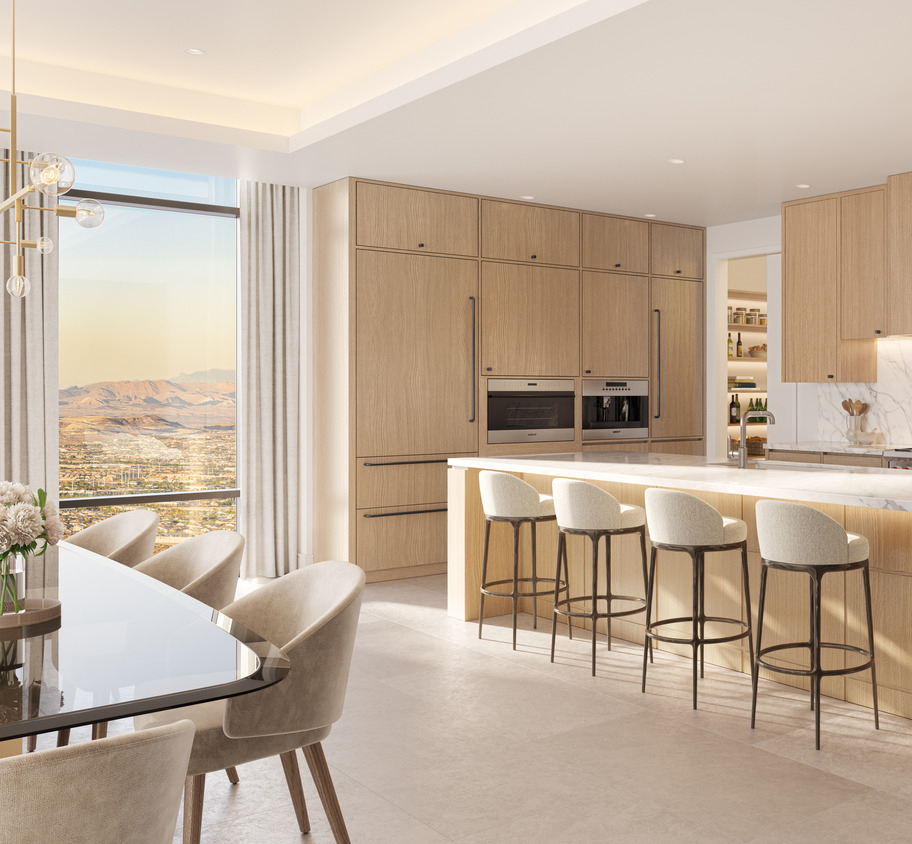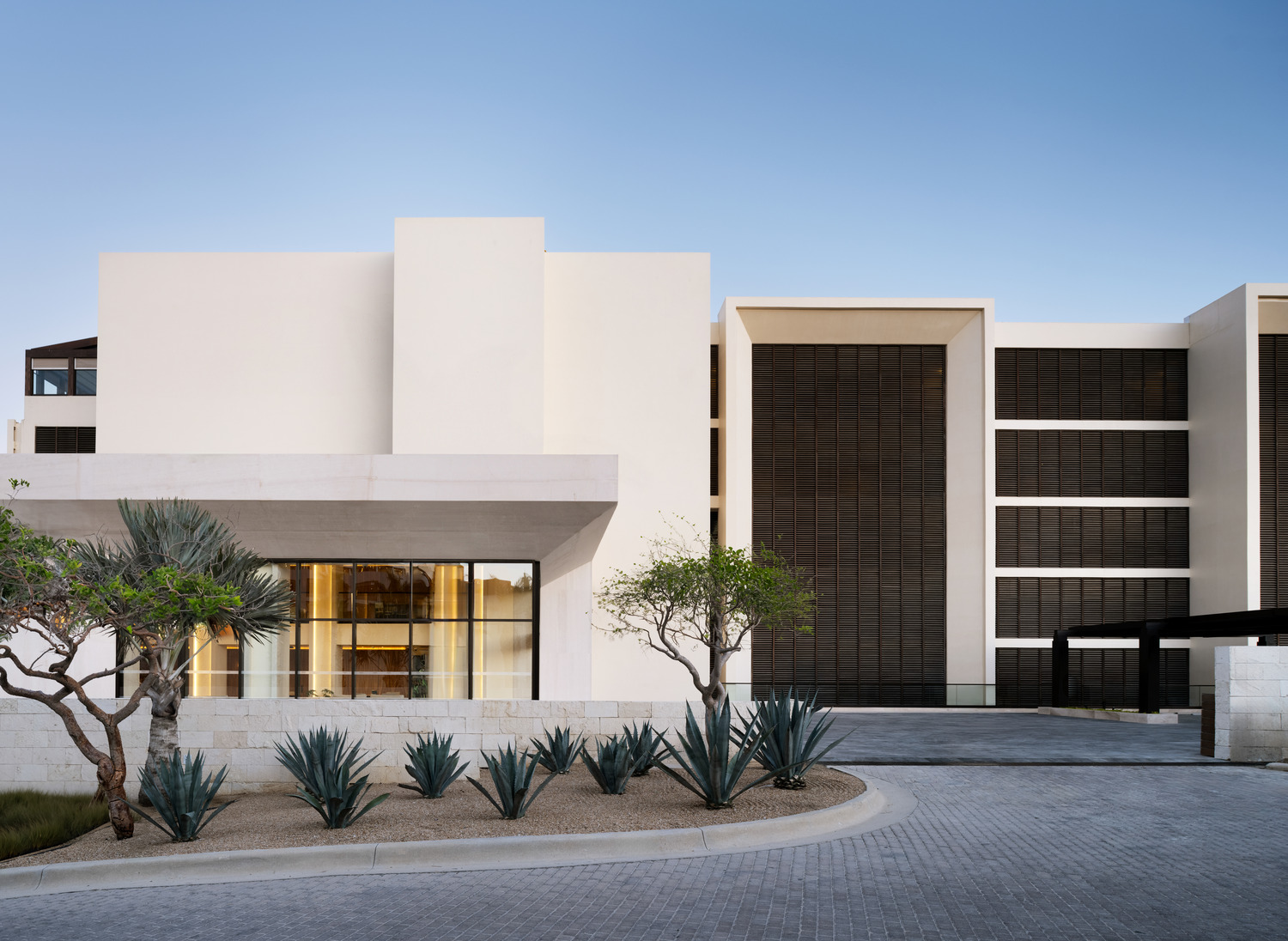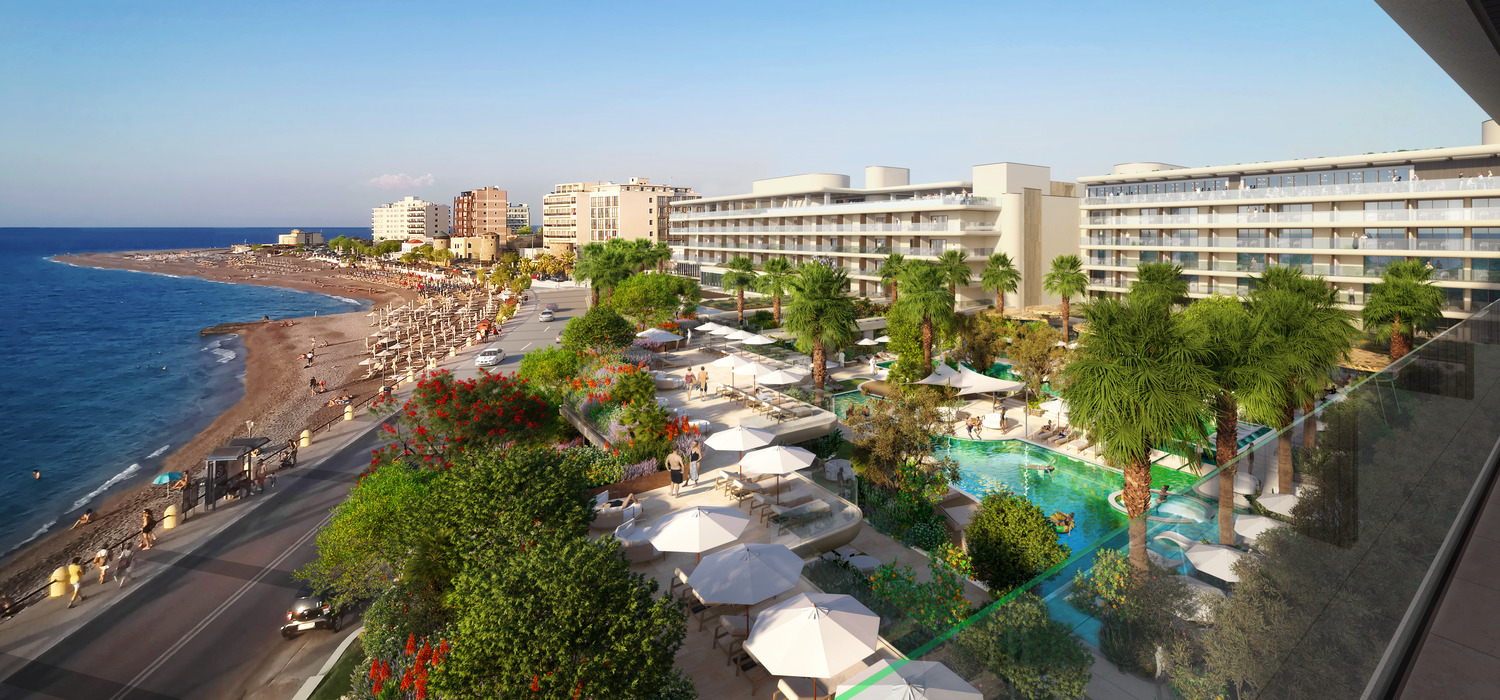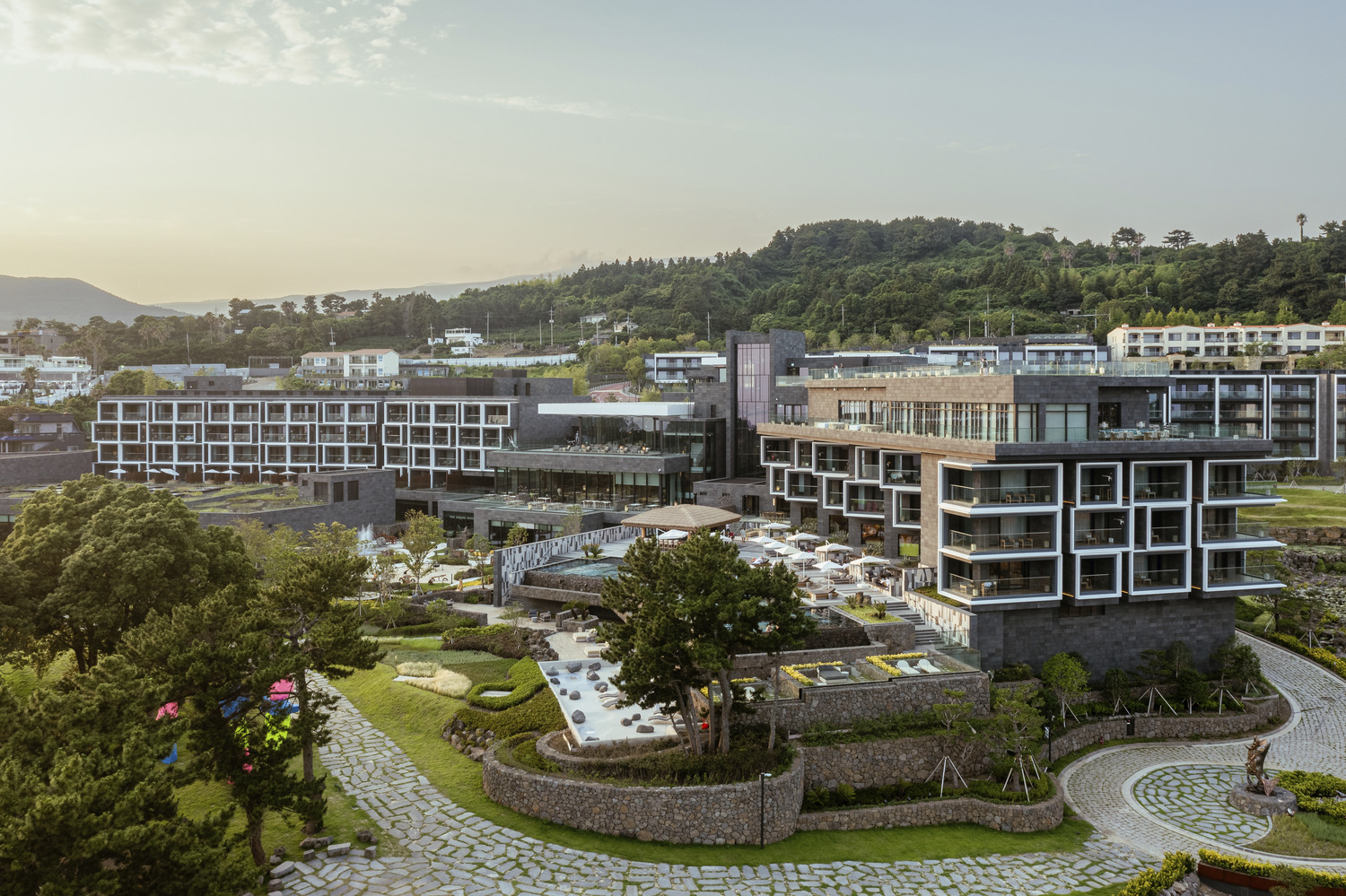Branded Residences on the Rise in the U.S. Sun Belt, Mexico, the Caribbean, and Beyond
By Richard Luis
March 31, 2025
Luxury multifamily and branded residential developments are redefining the way people live, offering residents the comfort of home with the amenities and services of a five-star resort. As demand surges in high-growth regions like the Sunbelt, Mexico, and the Caribbean, developers are seizing the opportunity to deliver hospitality-inspired living environments that attract discerning residents and drive investment returns.
The 2024 launch of our Dallas office reflects WATG’s commitment to better serving developers, investors, and operators in the Sunbelt region and beyond. As one of the fastest-growing markets in the U.S., the Sunbelt—anchored by states like Texas, Florida, and South Carolina—has seen population growth exceeding 7% between 2020 and 2024, compared to just 2.5% nationally. This growth is fueled by affordability, business-friendly tax policies, and a year-round warm climate, as well as a lifestyle that mirrors vacation destinations. At the same time, major metro areas in California, New York, and Illinois are experiencing population declines, reinforcing the Sunbelt’s broad appeal.
The Sunbelt’s growth is driven by its affordability, business-friendly tax policies, and year-round warm climate. Beyond economic factors, the region offers a lifestyle appeal that mirrors vacation destinations, making it essential for developers to craft living experiences that deliver the luxury, relaxation, and services people associate with resorts.
The Dallas office is also strategically positioned to support expanding development activity in Mexico and the Caribbean. In 2023, Mexico experienced a 15% increase in branded residences, with major hospitality brands establishing a strong presence, making it one of North America’s largest second-home markets. The Caribbean continues to attract investors with its robust tourism sector, over 30 million annual visitors, and growing demand for branded residences offering strong appreciation potential and steady rental yields.
Developers are responding to high demand by building more multifamily units than any time since the 1970s, according to CBRE. In 2024, Dallas led the nation in new multifamily deliveries and net occupancy growth. Yet, as Cushman & Wakefield reports, supply remains tight and renter demand strong.
Luxury hospitality and lifestyle trends are inspiring developers to differentiate residential products globally. Inspired by five-star hotels, resort-level amenities and personalized services have become a key differentiator in high-end multifamily living, helping to attract affluent tenants and increase property value. For example:
- Concierge and personalized services: Personal shopping, dog walking, fitness consultations, event planning, and other high-touch personal services cater to a wide range of resident needs and preferences.
- Wellness-centered amenities: Spa-inspired facilities, panoramic rooftop pools, meditation spaces, yoga studios, and steam rooms reinforce the growing focus on holistic well-being.
- Communal dining and entertainment areas: Mirroring high-end resorts, rooftop lounges, private dining spaces, and entertainment venues with immersive technology help foster social engagement and tenant retention.
- Curated resident experiences: Wine tastings, cooking classes, fitness programs, and art workshops create vibrant community-driven environments.
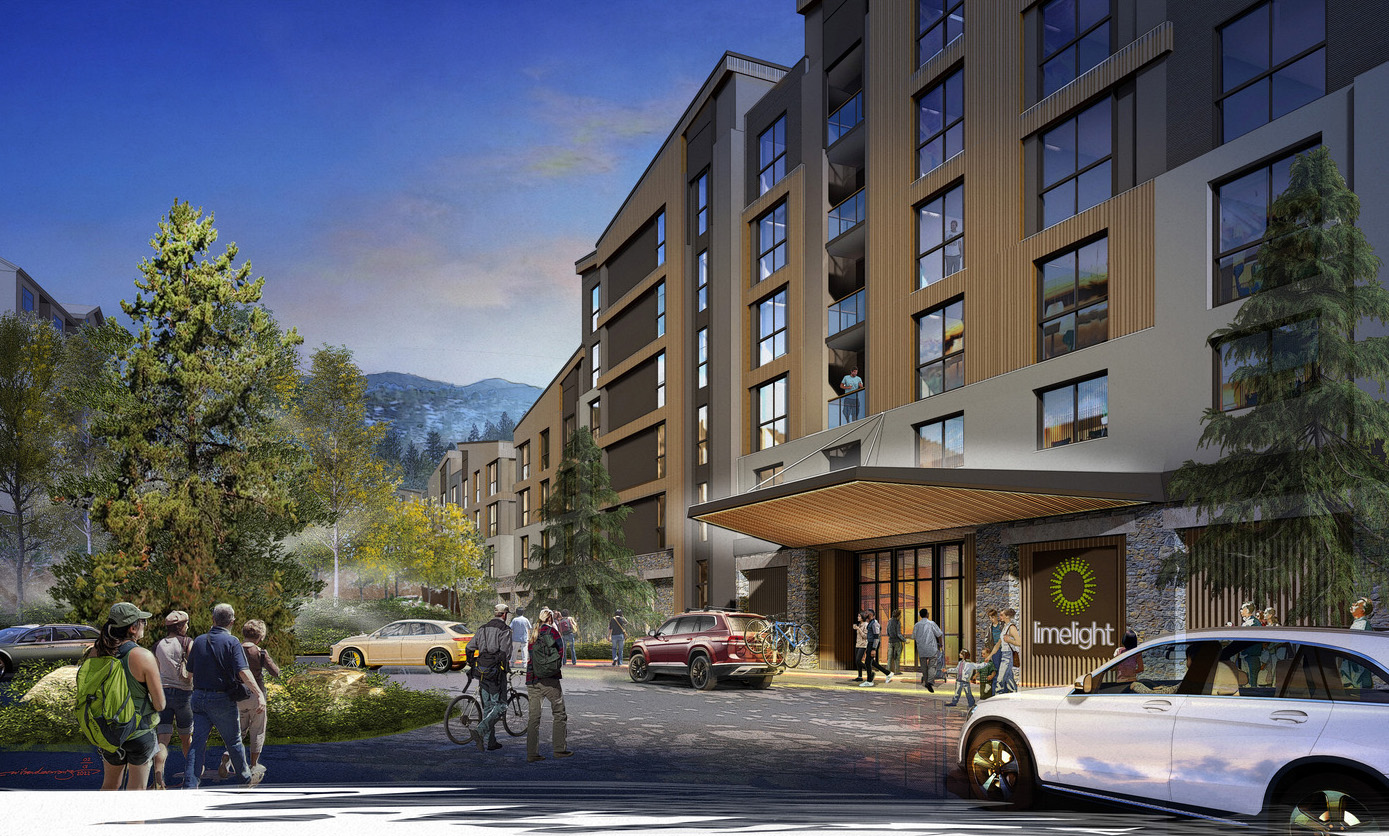
Limelight Mammoth
These lifestyle-focused amenities are not just about aesthetics—they are a strategic investment that directly impacts a property’s desirability, occupancy rates, and pricing power. Studies show that well-curated amenities and social spaces increase lease renewal rates by as much as 75%, reducing turnover costs and stabilizing revenue streams.
However, offering high-end services in a residential setting requires financial sustainability. Financial sustainability is critical in maintaining high-end residential amenities. Developers manage operational costs through:
- Technology-driven efficiencies: AI-powered concierge systems, app-based resident services, and smart-home automation reduce overhead while enhancing convenience.
- Flexible staffing models: On-demand hospitality services and partnerships with third-party operators enable cost-effective service delivery without the burden of full-time staffing.
- Operational partnerships: Aligning with hospitality brands or service providers for shared operational resources.
By integrating smart operational strategies, developers can maintain exclusivity and elevate resident experiences while ensuring long-term financial feasibility.
Branded residential developments have emerged as one of the most lucrative sectors in high-end real estate, growing by 180% since 2014 and projected to double again by 2031. Developers invest in branded residences for:
- Premium pricing and faster sales: Branded residences command a price premium of 30–50% over comparable unbranded properties, according to Savills. Strong brand recognition accelerates pre-sales, allowing developers to finance projects more efficiently
- Built-in market differentiation: Buyers perceive branded residences as more exclusive, secure, and desirable, enhancing long-term appreciation and resale value.
- Turnkey luxury lifestyle: Residents benefit from five-star hotel services at home, including concierge, housekeeping, private chefs, and exclusive amenities.
- Stronger investor confidence: Branded residences tend to perform well in economic downturns, attracting high-net-worth buyers who value lifestyle investments.
Traditionally dominated by luxury hotel groups, branded residences now attract fashion houses, automotive brands, and private clubs, adding exclusivity and personalization. Fashion brands like Armani, Bulgari, and Versace offer signature interiors and bespoke amenities, while automotive brands like Porsche and Aston Martin introduce branded residences with high-tech features, blending lifestyle and brand loyalty.
Luxury multifamily and branded residential projects are not just about high-end design—they are a pathway to increased profitability and long-term asset value. Developers who embrace these trends benefit from:
- Higher revenue potential: Hospitality-driven amenities justify premium rents and home values.
- Faster absorption and occupancy: Branded residences sell out more quickly, while resort-style multifamily units attract long-term tenants.
- Enhanced market differentiation: Unique lifestyle offerings protect against market competition.
- Stronger resident retention: Curated experiences and community-driven spaces improve lease renewal rates, reducing turnover costs.
As demand for experiential living continues to grow, developers who embrace hospitality-driven design and strategic brand partnerships will lead the next generation of high-value residential developments.
At WATG, we specialize in crafting exceptional living environments, blending decades of hospitality expertise with cutting-edge residential design. We partner with developers to create high-performance luxury projects that attract discerning buyers, retain long-term tenants, and maximize investment returns.
Connect with us to explore how WATG can elevate your next luxury residential development.
About The Author

With over two decades of expertise in hospitality, multifamily residential, and commercial design, Richard Luis leads WATG’s Dallas office, bringing insights into how multifamily developers can differentiate their projects, attract high-value residents, and enhance investment returns through hospitality-driven design.
Latest Insights
Perspectives, trends, news.
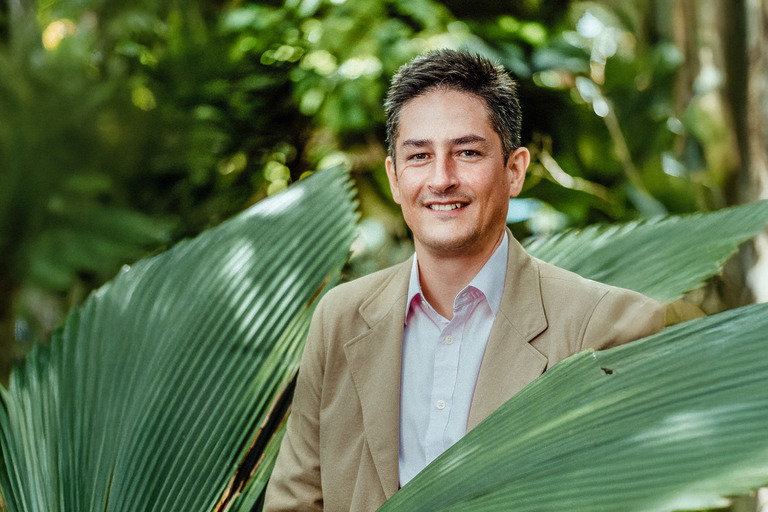
- Employee Feature |
- Inside WATG
Ashley Scott: Landscape Architecture – Designing Beyond Boundaries
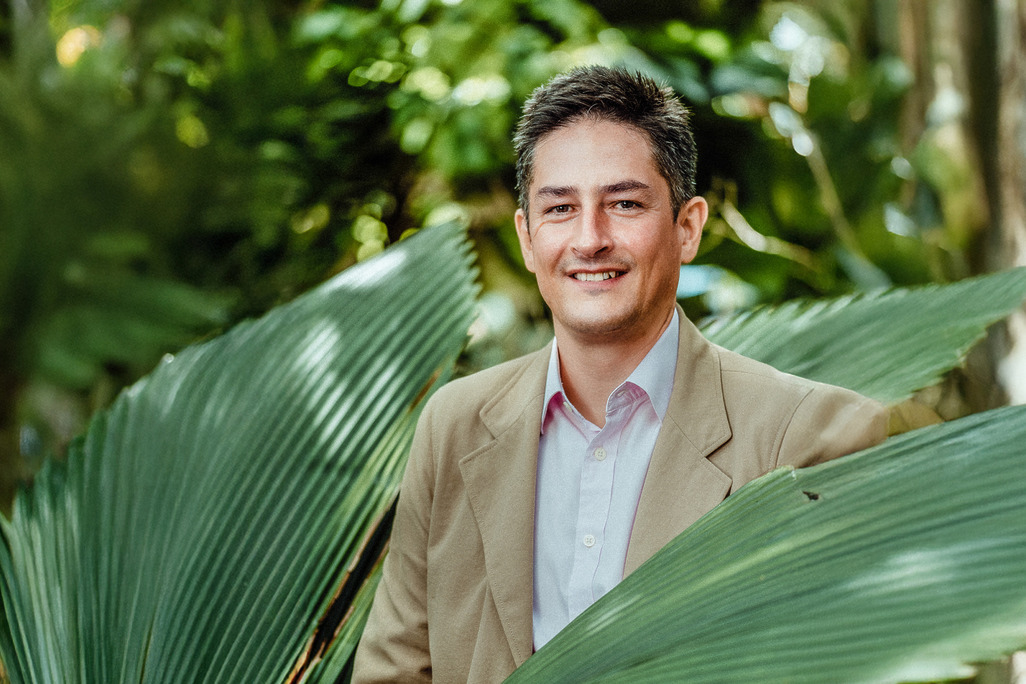
- Employee Feature |
- Inside WATG
Ashley Scott: Landscape Architecture – Designing Beyond Boundaries

- Strategy & Research
Spiritual Travel: Designing to Connect Mind, Body, and Soul

- Strategy & Research
Spiritual Travel: Designing to Connect Mind, Body, and Soul
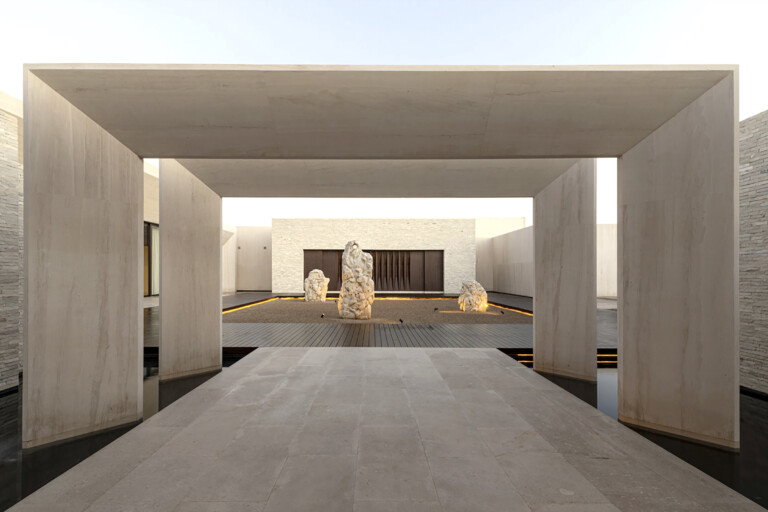
- Case Study
The Design Journey of Nobu Hotel and Residences Los Cabos
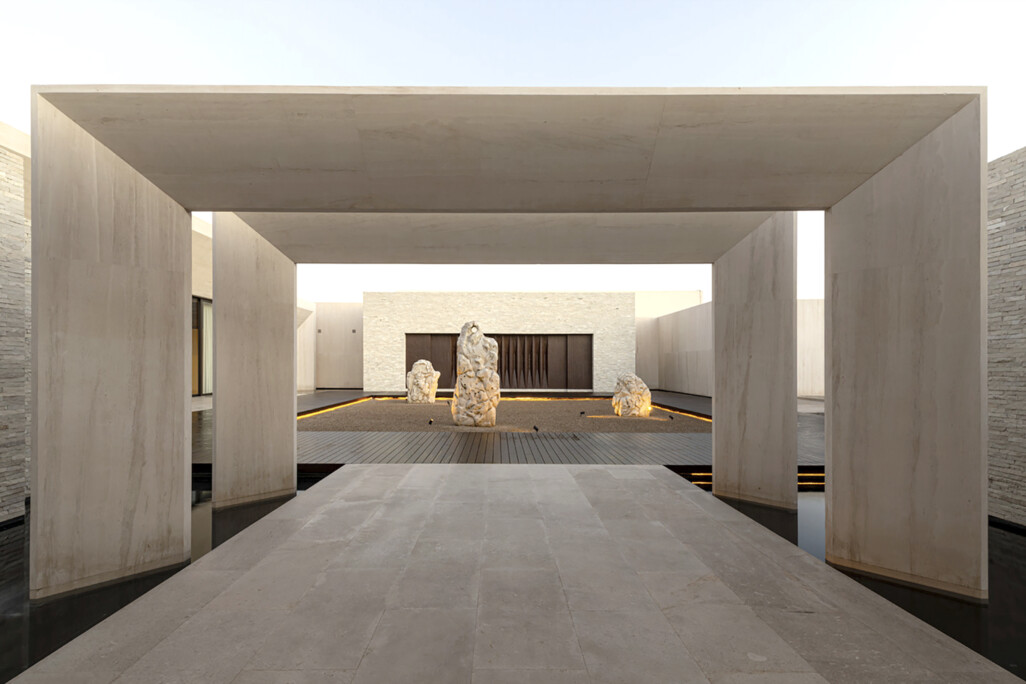
- Case Study
The Design Journey of Nobu Hotel and Residences Los Cabos
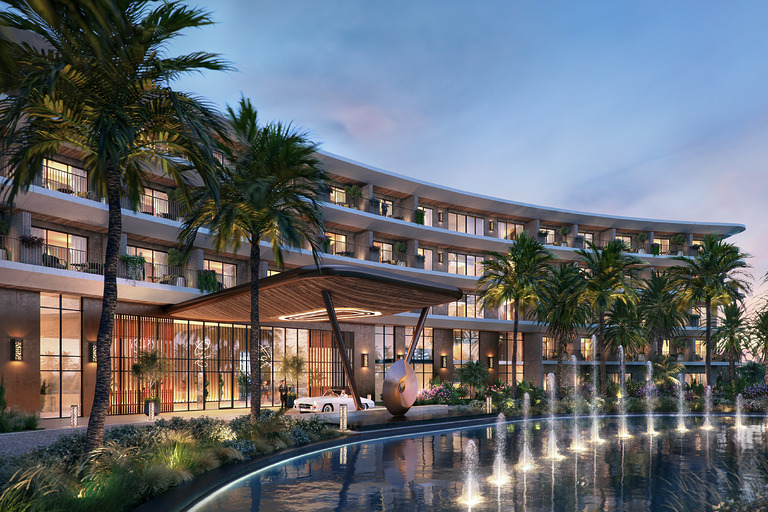
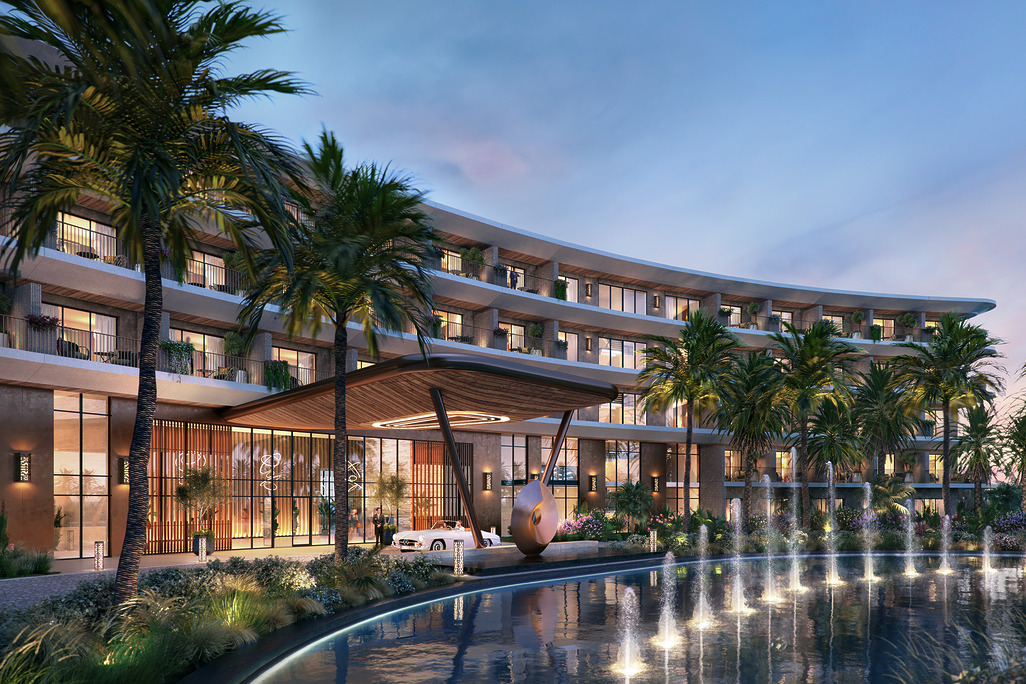
- News
